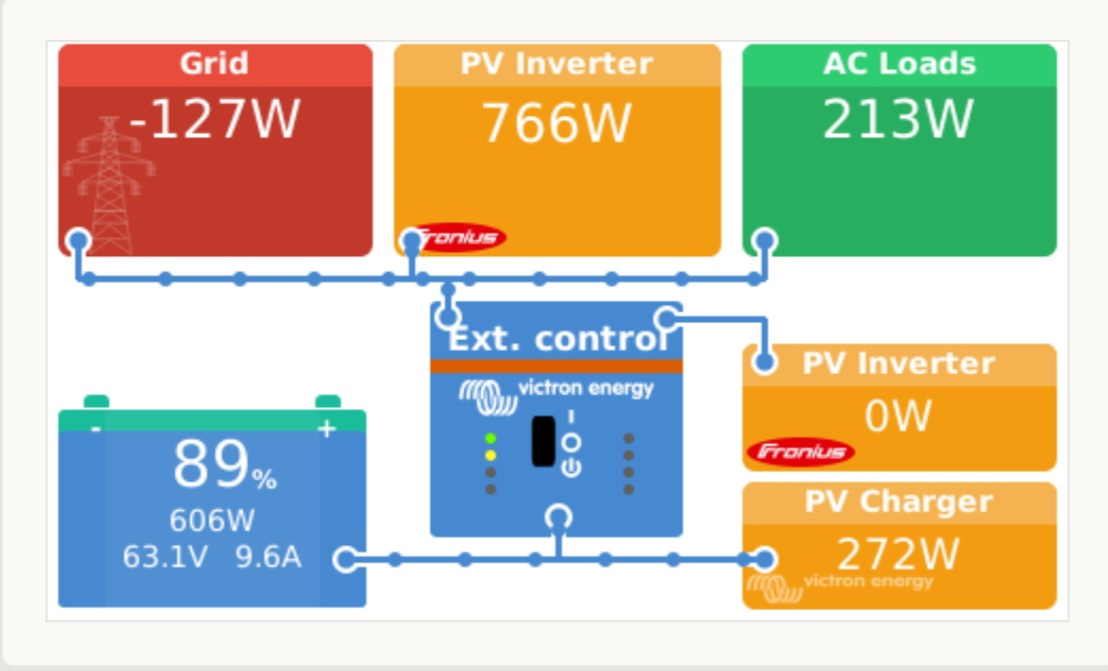The Multplus II 48V/5000 datasheet states a maximum charging voltage of 64 volts, and a maximum "inverter input voltage range" up to 66 volts.
The https://www.victronenergy.com/media/pg/MultiPlus-II_GX/en/configuration.html page at section 9.2.1 (Equilisation) states that it is possible to charge up to 68 volts (for flooded/OPzS) batteries.
What is the maximum charging voltage that can be configured?
Community member langer75 states 69.56 volts for an MPPT device. Does this upper limit apply to the Multiplus too?
Stretching the 48V MultiPlus to its upper voltage limits
Would setting such a high charge voltage make it possible to create a DIY 20s LiFePo4 battery? 20 times 3.45 = 69 volts. Usually the LFP cells fall back to 3.3-ish voltage levels after a few hours. Would this mean I have to wait a little while before the MultiPlus before it is able to take energy out of a 20s LFP battery?
Is the 66V limit a hard limit, and is it 66.0V, or 66.5V. Is there some wiggle room on that front?

